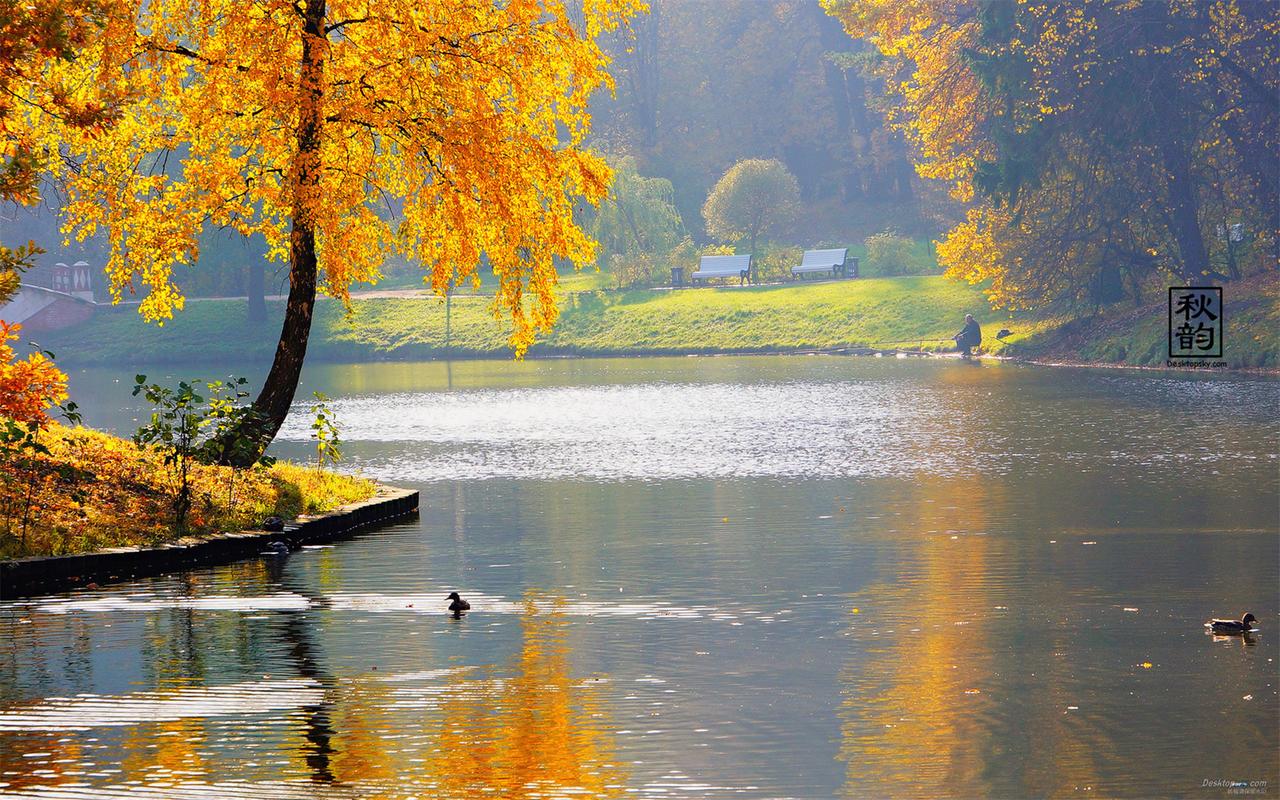Exploring the Beauty of Traditional Japanese Arts and Cultures
Japan has always been known for its rich cultural heritage and tradition. It is a country where ancient customs and beliefs coexist with the modern world. Alongside technology, Japanese culture has always been a topic of fascination for people all over the world. From their music to their food to their fashion, Japan’s unique approach towards everything has made it a significant attraction for tourists around the globe. In this blog post, we will explore the beauty of traditional Japanese arts and cultures.
Traditional Japanese Fine Arts
Japan is known for its fine arts, and traditional Japanese art forms reflect the soul and spirit of Japan. One of the most famous Japanese art forms is Ikebana, which is the art of flower arrangement. Ikebana follows strict rules regarding the use of space, composition, and shape of the vessel. The aim of Ikebana is to create a harmony between nature and humanity.
Another traditional Japanese art form is the tea ceremony. The tea ceremony is a form of art that involves preparing and serving tea with a deep sense of mindfulness and respect. The ceremony involves much more than just drinking tea. The way the tea is prepared, served, and consumed reflects the principles of Taoism, namely harmony, peace, and respect.
Traditional Japanese painting is known as sumi-e, which translates to “ink wash painting.” Sumi-e is characterized by its simplicity and minimalist style. It is a technique that relies on the use of black ink and a brush to convey the essence of nature. From Zen Buddhist monks to modern artists, Sumi-e has been an influential art form in Japan.
Traditional Japanese Performing Arts
When it comes to performing arts, Japan has a plethora of traditional art forms that are unique and captivating. One of the most famous forms of traditional Japanese performing arts is Kabuki. Kabuki is a form of theater that dates back to the early 17th century. It is characterized by its elaborate costumes, makeup, and stylized acting. Kabuki theater is known for its use of music, dance, and drama to tell stories.
Another form of traditional Japanese performing arts is Noh. Noh is a form of theater that was developed in the 14th century. Noh combines dance, drama, and poetry to tell stories. It is characterized by its slow and graceful movements and the use of masks to signify different characters.
Traditional Japanese Festivals
Japanese festivals are an essential part of Japanese culture. They are usually linked to specific seasons or events and are celebrated throughout the country. One of the most famous Japanese festivals is the Cherry Blossom Festival, also known as Hanami. Hanami is celebrated in the spring when the cherry blossoms bloom. The festival is a celebration of the beauty of nature, and people gather to have picnics under the cherry blossom trees.
Another famous Japanese festival is the Gion Festival, which takes place in Kyoto in July. The festival is a celebration of Japanese culture, and it is characterized by its traditional music, dances, and parades. The festival dates back to the 9th century and is one of the most important cultural events in Japan.
In conclusion, traditional Japanese arts and cultures are rich in history and beauty. These art forms have been developed over centuries and are still appreciated and celebrated today. Whether it is the fine arts, performing arts, or festivals, Japan’s traditions offer a unique and enriching experience to people from all over the world.
(Note: Do you have knowledge or insights to share? Unlock new opportunities and expand your reach by joining our authors team. Click Registration to join us and share your expertise with our readers.)
Speech tips:
Please note that any statements involving politics will not be approved.
